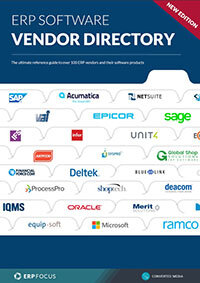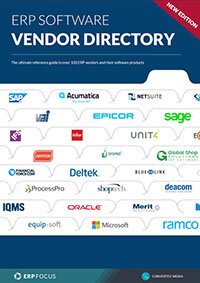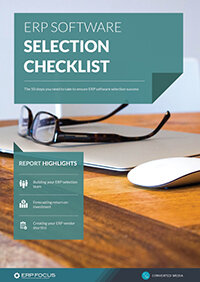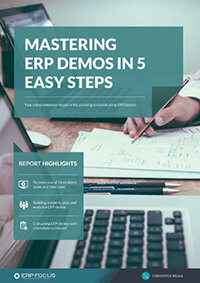ERP History - Milestones of the Last 10 Years
Here we take a brief look at three milestones of the last 10 years:
Going Lean
In a difficult economy, companies are looking to do more with less, and as a result have turned to ERP and Lean methodologies. This pairing was a natural development as both are concerned with improving the efficiency of processes and procedures and reducing redundancies.
The processes at the core of ERP's workflows enable companies to identify multiple points of inefficiencies. Once these areas are identified, business managers can adopt and put into place Lean methods to reduce these inefficiencies. As a result of these combined processes, operations are streamlined, waste is reduced and profits are maximized.
ERP Adopts Web 2.0 and Thrives
The internet is here to stay and so is web 2.0. While some ERP providers were reluctant to adopt it, most have chosen to embrace web 2.0 and leverage its capabilities for the greater good of their business. With web 2.0, ERP companies are able to tune in to what their customers are saying about functionality, design, ease of use and more. As such, ERP companies are able to respond faster to suggestions and criticisms.
These companies are also able to adapt collaborative strategies and learn from social contributors. Prior to web 2.0, it was typically costly and difficult for ERP companies to gain actual feedback from customers. Web 2.0 methodologies make it easier to interact with customers so companies can solve usability issues more quickly.
ERP Moves to the Cloud
ERP has been criticized for being too expensive to implement. As such, only large organizations with deep pockets were able to afford ERP systems. With ERP cloud computing, however, companies needn't invest in large infrastructures. By relying on the cloud, ERP investment is significantly lower. As a result small- to mid-sized companies that previously couldn't take advantage of ERP are now able to do so.
Cloud ERP solutions let companies be more agile by allowing them to quickly respond to demand. Pay-as-you-go models allows for greater operating efficiencies and therefore greater savings - across many functional areas.
Cloud ERP is still a nascent business model for most ERP vendors and it remains to be seen if it will reach into the enterprise space.
Free white paper

ERP Software Vendor Directory
Put the most comprehensive ERP vendor directory on your desk today

Featured white papers
-

ERP Software Pricing Guide
Get the latest pricing information on over 80 popular ERP systems, and learn how to budget for your ERP project in our free guide
Download -

60-Step ERP Selection Checklist
Get the comprehensive checklist for your ERP selection project
Download -

ERP Demo Guide & Scorecard
Master your ERP demo with 5 easy steps using our free guide (includes demo scorecard)
Download
Related articles
-

The best ERP systems for process manufacturing
Consider these ERP systems when selecting your next process manufacturing ERP
-

Secret KPI: Why Your ERP Implementation Team Matters More Than Software
Learn how Godlan ensures successful ERP implementation for manufacturers with proven strategies &...
-

5 ERP pricing definitions you need to understand
Have you mastered the ERP pricing lexicon yet? Getting to grips with these five definitions is a ...

